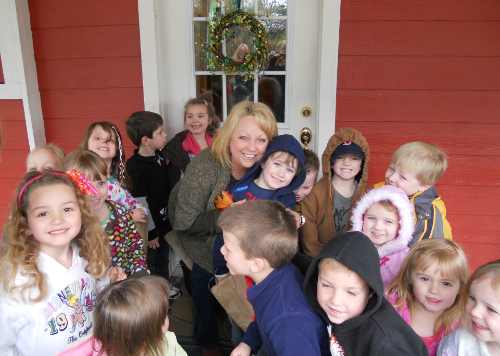13 September 2012
After the mice were weaned from their mothers at 21 days old, the researchers reared them in three different environments for 1 month. One group was raised alone, with one mouse per cage. In the second, "normal" group, four mice occupied a cage. The third group grew up in an "enriched" environment: A large cage contained eight mice as well as an assortment of toys.
After 4 weeks, the team introduced the mice in each group to one another and observed how they interacted—including how interested the mice were in exploring each other versus checking out objects in the cages. The difference was clear: Mice raised with four or more companions spent roughly 80% of their time mingling. Mice raised in isolation, however, were indifferent to the other mice; they were just as content to inspect inanimate objects.
A Weekly Chat on the Hottest Topics in Science Thursdays 3 p.m. EDT
The team also gave the mice a cognitive test, in which the rodents had to remember whether to turn right or left when swimming in a pool of water. With training, mice raised under "normal" conditions and enriched conditions learned to swim in the right direction in about 5 days. But the mice raised in isolation paddled confusedly around the pool, even after 7 days. "It was the same as if they had not been trained," Corfas says.
There was also a striking difference in the rodents' brain tissue, highlighted by the glowing green glial cells. Compared to the complex branched cells of the mice raised in "normal" or enriched conditions, oligodendrocytes in the isolated mice looked oddly stunted: They had fewer and shorter branches, with thinner myelin sheaths around the neuronal axons.


